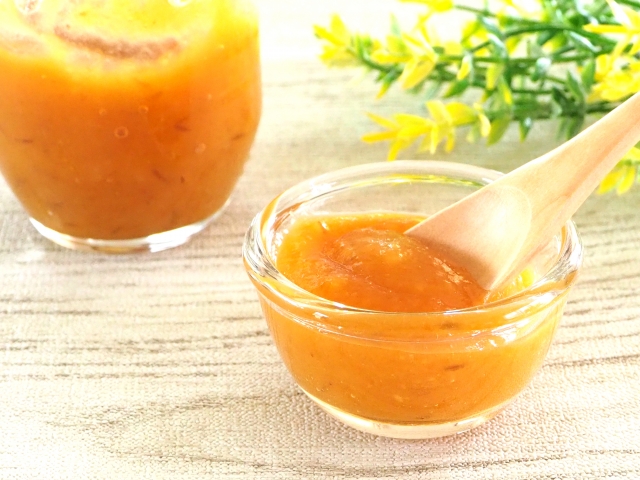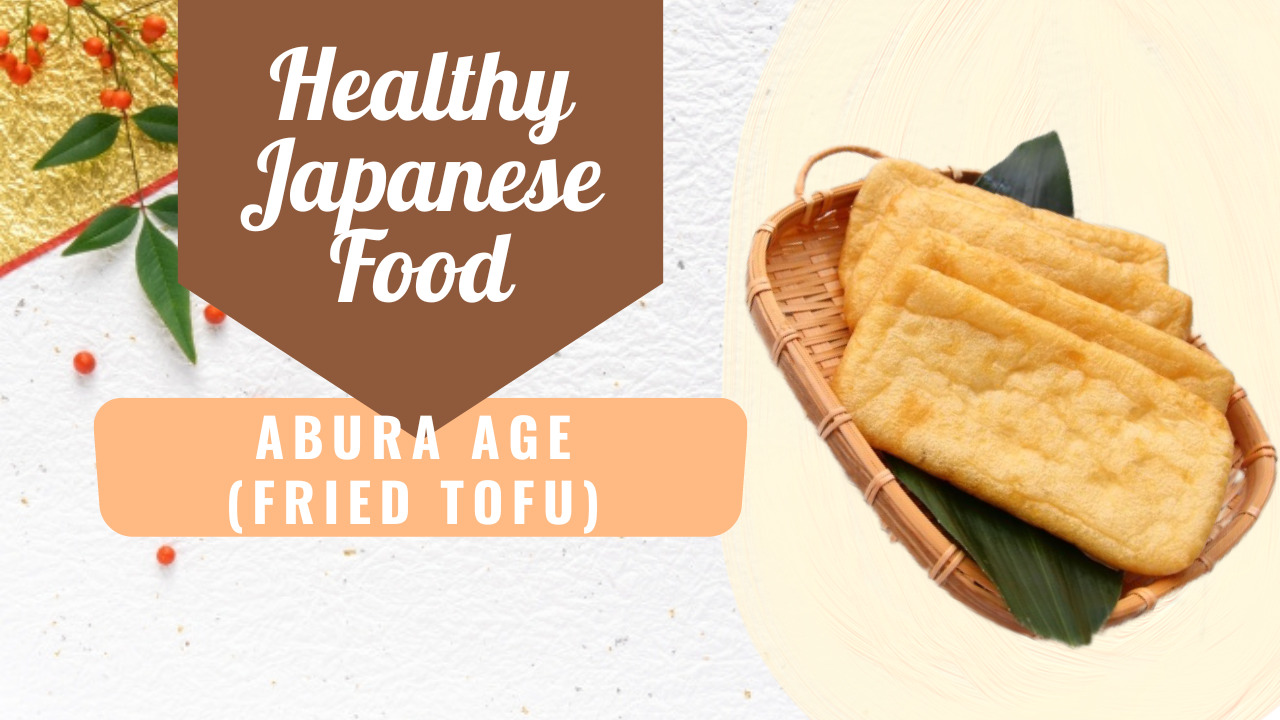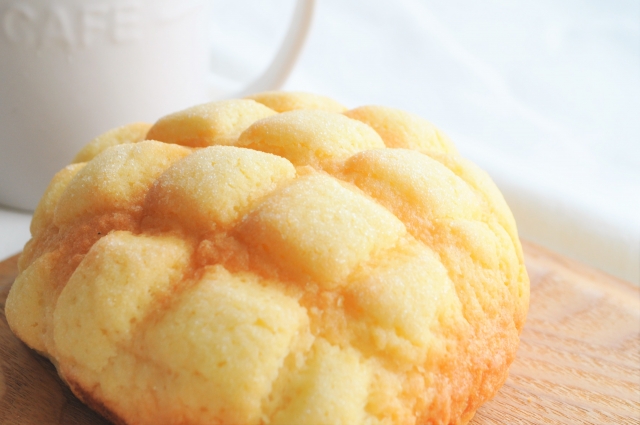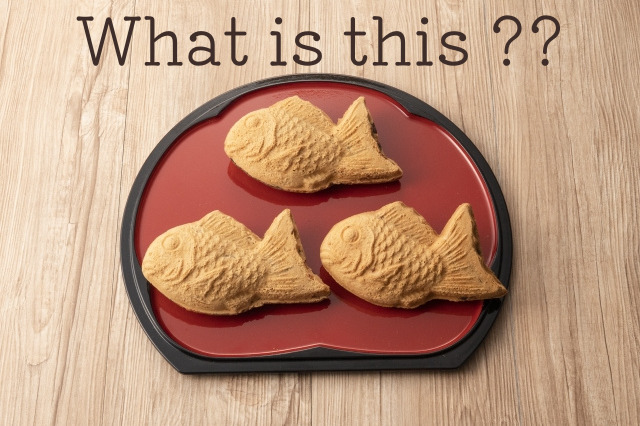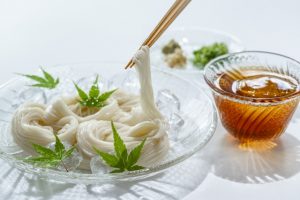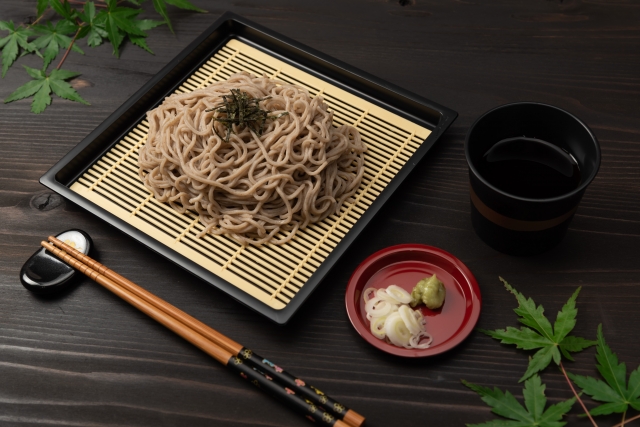
Do you know the difference between "Mori soba" and "Zaru soba"?
Aren't they both about cold soba? You might think, but it's actually a little different. The origin seems to be in Tokyo during the Edo period.
We will also tell you about the soba hot water that is essential for soba.
What is the origin of "Morisoba"?
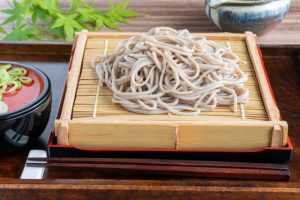
What is the difference between "Mori soba" and "Zaru soba"?
Is there "Nori"(seaweed) or not?
Actually, it seems a little different.
The time goes back to the Edo period.
"Mori soba" is distinguished from "Kake soba"

Soba was a "tsukemen" style that was eaten with bonito dashi soup. However, in the Edo and Genroku eras, people who had trouble eating this way began to eat soba directly by their side. This way of eating is called "bukkake soba". (In Japanese, sprinkling soup on noodles is called "bukkake".)
"Bukkake soba" was abbreviated to "Kake soba", and this time it has become mainstream.
Apart from the "Kake soba", the soba that is eaten with soup is now called "Mori soba". According to one theory, it is said to have been named "Mori soba" because it is "heavy" like a mountain.
How is "Zaru soba" different?
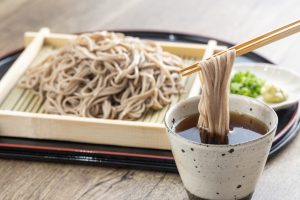
The originator of Zaru soba is said to have been named "Zaru soba" because Iseya, located in Fukagawa, Tokyo, served soba on "bamboo zaru" instead of Seiro and plates in the early Edo period.
At that time, it was offered in square or round colanders, so you can only imagine what it was like, but it's the same style that comes out when you order Zaru soba at a Japanese soba restaurant.
Zaru soba has been sprinkled with seaweed since the Meiji era
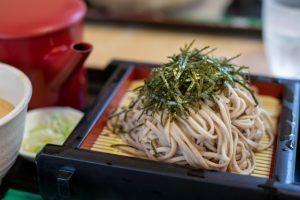
It was after the Meiji era that fir seaweed was sprinkled on Zaru soba as it is today. Also, the bonito soup was made different from Mori or Zaru. There is also a theory that "Zaru" uses the first dashi stock and "Mori" uses the second dashi stock, and that the colander juice is sweetened with mirin.
There is a story that Zaru soba used high-quality buckwheat flour, so it may be that Mori soba was generally popular and a little high-class was positioned as Zaru soba.
Difference between "Mori soba" and "Zaru soba"
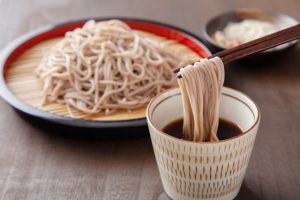
In summary, "Kake soba" came out first, so "Mori soba" is born to distinguish it. After that, the soba that was served on a colander instead of the traditional plate was called "zaru soba".
Currently, I think that many shops offer the name "Zaru soba", but there are also many shops that serve Zaru soba on a plate like a bamboo steamer. After all, the popularity of Zaru soba may have exceeded that of Mori soba.
Soba hot water is nutritious!

When you go to a soba restaurant, you may find "soba hot water". Soba hot water is a very healthy drink. The hot water used when boiling buckwheat has a lot of nutrients in the buckwheat.
The custom is old, and it is said that it originated from being drunk in Nagano prefecture, the home of soba noodles.
There are two main ways to drink soba hot water, one is to drink it as it is, and the other is to divide the soba soup with soba hot water. The latter has a soup flavor, so it is recommended for those who find it difficult to drink. It is also good to dissolve some condiments such as green onions and wasabi when eating soba.
Soba is rich in nutrients

Soba contains protein, vitamins B1 and B2, iron, rutin, and potassium, but when boiled, abundant nutrients flow into the hot water. It's a waste even though it contains a lot of nutrients. If you have a chance, please try soba hot water.
This is the difference between "Mori soba" and "Zaru soba". Now that you have more knowledge, please try to enjoy soba.
Twin Pack Hime Dried Buckwheat Soba Noodles, 25.40 Ounce (Pack of 2)
